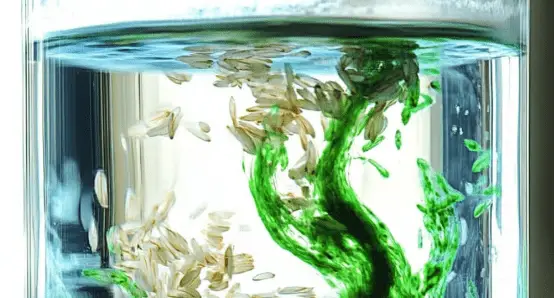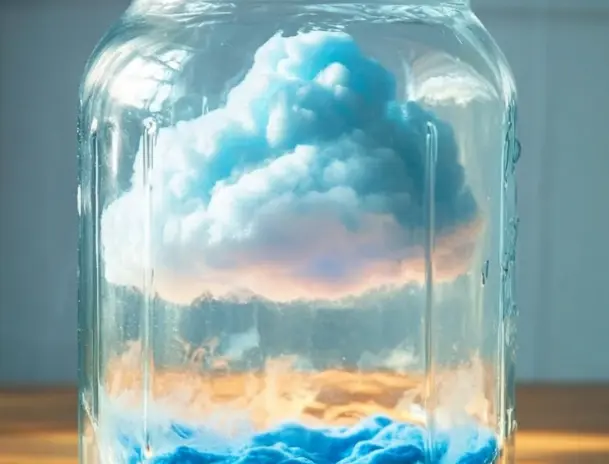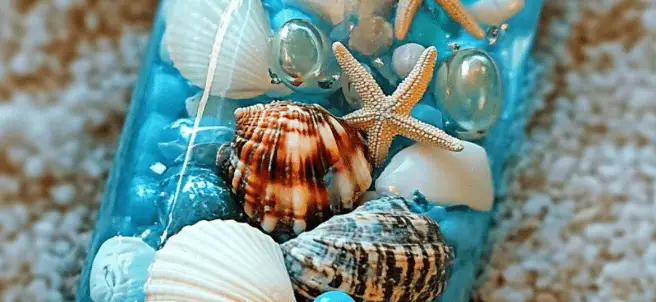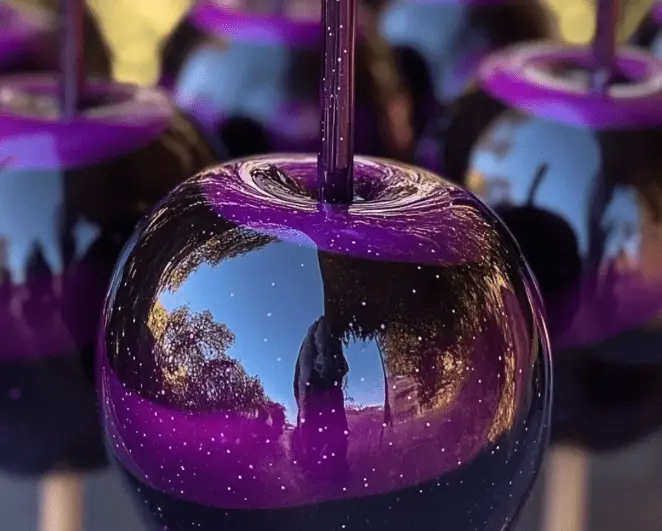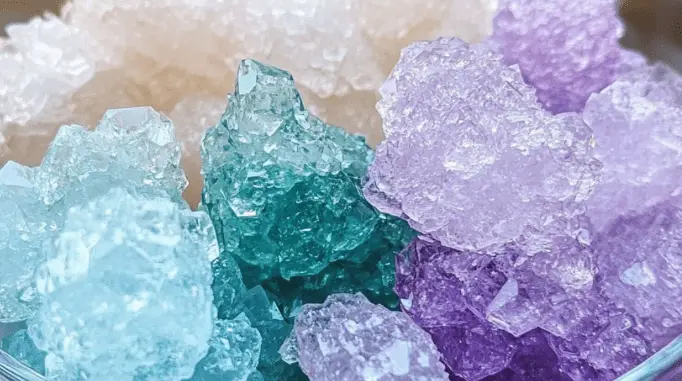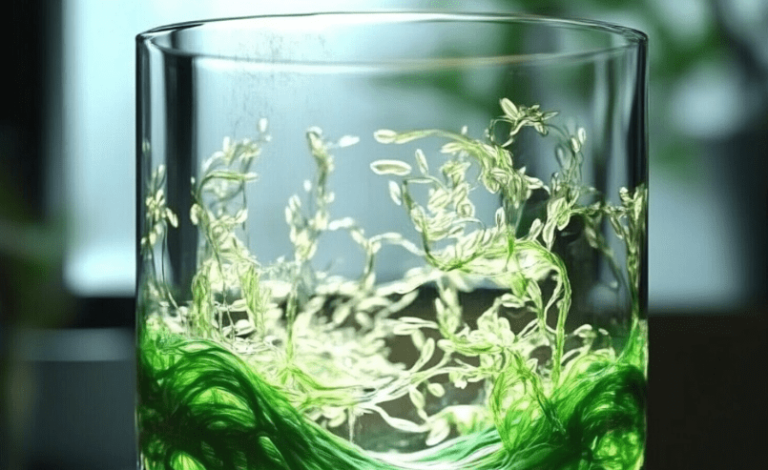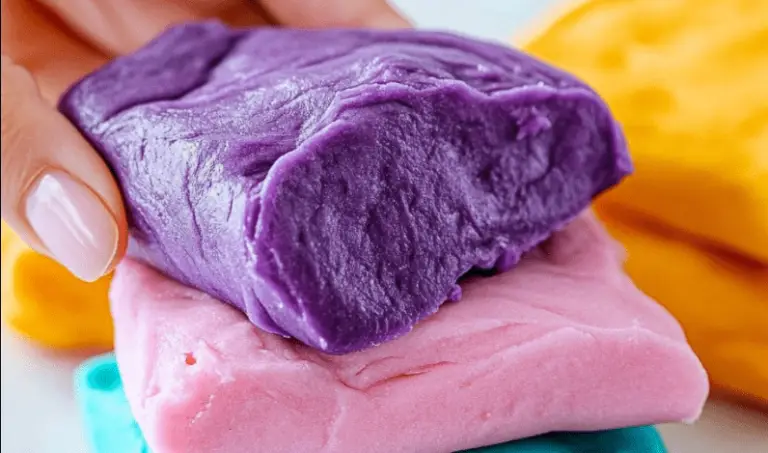Dancing Rice Science Experiment: A Fun and Fizzy DIY Craft for Curious Kids
When it comes to combining science with hands-on excitement, few activities are as simple and entertaining as the Dancing Rice Science Experiment. Using basic kitchen ingredients, this bubbly experiment turns an ordinary container of water and rice into a lively spectacle that captures attention and sparks curiosity. Perfect for kids of all ages, this project introduces core science concepts in an engaging way that feels more like play than learning.
Whether you’re a parent, teacher, or homeschooler looking to enrich your STEM activities, this experiment provides an easy and mess-free opportunity to teach chemical reactions, gas formation, and buoyancy in a way that kids can see in real time. Plus, it’s easy to scale up, repeat, and customize with color or variations for endless exploration.
/ta
Table of Contents
Ingredients
To get started with the Dancing Rice Experiment, gather the following materials:
- Clear container
- Water
- Baking soda
- Vinegar
- Rice
- Spoon
- Food coloring (optional)
All of these ingredients are safe and commonly found in most households, making this activity ideal for spur-of-the-moment fun or classroom demonstrations.
Instructions
- Pour one cup of water into a clear container. A glass or transparent plastic container works best so kids can clearly see the action.
- Add 1 teaspoon of baking soda to the water. Stir until it is completely dissolved. This sets up the base of your chemical reaction.
- Sprinkle in a handful of uncooked rice. The rice will initially sink to the bottom of the container.
- Add 1 tablespoon of vinegar to the mixture. Immediately, you’ll see fizzing and bubbling as the baking soda and vinegar react. This creates carbon dioxide gas, which begins to affect the rice.
- Watch closely as bubbles form around the rice, lifting the grains to the surface before they fall back down again. This movement may continue for several minutes.
- Add more baking soda if the reaction slows down. The renewed fizz will restart the dancing action.
- For a longer effect, alternate small additions of vinegar and baking soda to keep the motion going.
- Optional: Add food coloring to the water at the start for an extra visual pop that makes the dancing rice even more fun to watch.
As the gas bubbles attach to the rice and rise, the rice appears to “dance” up and down through the water, creating a fascinating visual display that encourages observation and experimentation.
Benefits of This Craft
The Dancing Rice Science Experiment offers a wide range of educational and developmental benefits for children and young learners:
- Teaches chemical reactions by demonstrating the interaction between baking soda (a base) and vinegar (an acid), which produces carbon dioxide gas.
- Explains buoyancy and density as the rice rises and falls due to trapped gas bubbles.
- Builds observation and critical thinking skills by encouraging kids to predict, test, and modify the experiment.
- Promotes hands-on learning through interactive play that reinforces scientific concepts.
- Fosters curiosity and creativity as kids experiment with different variables such as container size, rice type, or timing.
This experiment supports STEM learning in a way that feels fresh and approachable, making it suitable for home science days, classroom lessons, or weekend discovery time.
Tips
To ensure the best results and maximum engagement with your Dancing Rice activity, consider these helpful tips:
- Use uncooked white rice for the best movement. Heavier grains like brown rice or wild rice may not move as easily.
- Choose a clear container so kids can easily observe what’s happening from all sides.
- Pre-dissolve the baking soda to ensure a smooth and active reaction once the vinegar is added.
- Add food coloring before the rice so it doesn’t stain the grains unevenly or create clumps.
- Clean up with warm water and a cloth in case of spills or overflow, especially if you scale up the experiment.
To make it more educational, have kids write down their observations or use a timer to track how long the rice dances. They can also chart how different amounts of vinegar or baking soda affect the reaction.
What Does It Taste and Look Like?
While the Dancing Rice Science Experiment is not edible, it’s certainly a visual treat. Once the ingredients are combined, the clear liquid begins to fizz and bubble with white rice floating, rising, and sinking in a lively rhythm. If food coloring is added, the water becomes a colorful stage where the grains of rice seem to dance in a magical, gravity-defying performance.
The bubbling sound, mild vinegar smell, and soft movement create a calming, rhythmic display that’s fun to watch and interact with. As the gas dissipates, the activity slows down naturally, offering a great segue into discussions about why the reaction changes over time.
How to Store
Since this is a temporary chemical reaction, it’s not meant for long-term storage. However, here are a few tips to manage leftovers and keep things tidy:
- Dispose of the mixture down the drain with warm water after the reaction is complete. The ingredients are safe for standard household plumbing.
- Clean the container promptly to prevent any residue from staining or leaving a vinegar smell.
- Do not attempt to save or reuse the rice or mixture, as the bubbles won’t regenerate without a fresh reaction.
- Store remaining ingredients (baking soda and vinegar) in their original containers for future experiments.
This experiment is best enjoyed fresh and is quick enough to repeat as often as desired.
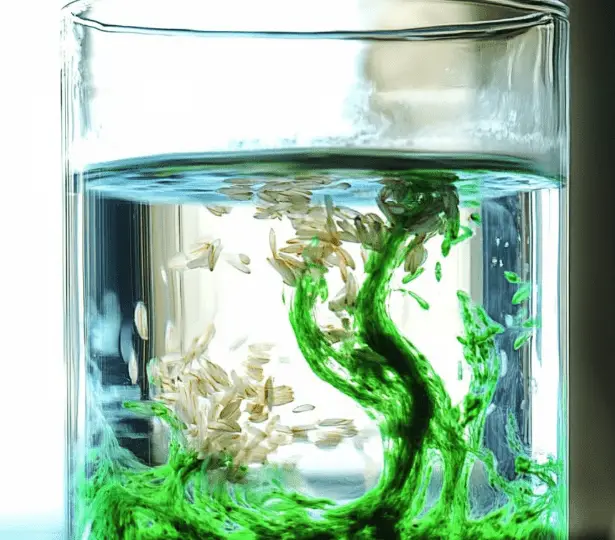
The Dancing Rice Science Experiment is a fantastic way to turn everyday materials into a captivating educational experience. Easy to set up and even easier to enjoy, this activity offers valuable lessons in chemistry and physics while providing kids with a hands-on opportunity to explore and observe. It’s ideal for busy parents looking for quick activities, educators in need of classroom experiments, or any child who loves a bit of bubbly fun.
With endless possibilities for customization and experimentation, this project can be revisited again and again. Add different grains, adjust quantities, or try new containers to keep the excitement going and foster scientific thinking.
For even more creative and engaging experiments like this, explore More DIY craft ideas and discover dozens of ways to inspire learning through fun.
FAQ
Can I use other types of rice for this experiment?
Yes, but lighter varieties like white rice work best. Heavier grains may not move as much due to their density.
What causes the rice to dance?
The reaction between baking soda and vinegar creates carbon dioxide gas, which forms bubbles around the rice. These bubbles lift the rice up until they pop, causing it to fall back down.
Is this experiment safe for toddlers?
Yes, with supervision. The ingredients are non-toxic, but children should not drink the mixture. Always use child-safe containers.
Can I add more vinegar and baking soda to extend the activity?
Absolutely. You can refresh the reaction by alternating small additions of each. Just be cautious to avoid overflow.
How long does the reaction last?
Typically 5–10 minutes depending on the amounts used. Adding more baking soda and vinegar can restart the reaction for longer enjoyment.
Dancing Rice Science Experiment: A Fun and Fizzy DIY Craft for Curious Kids
- Total Time: 5 mins
- Yield: 1 experiment
Description
A fun, fizzy experiment that brings rice to life in your kitchen. Watch it dance, bubble, and wiggle — a perfect science activity for curious kids!
Ingredients
- Clear container
- Water
- Baking soda
- Vinegar
- Rice
- Spoon
- Food coloring (optional)
Instructions
- Pour 1 cup of water into your clear container.
- Stir in 1 teaspoon of baking soda until dissolved.
- Sprinkle in a handful of rice.
- Add 1 tablespoon of vinegar and watch the rice dance.
- Observe for a few minutes as the reaction settles.
- Add more baking soda to reactivate the bubbling effect.
- Add more vinegar if desired for extended fun.
Notes
If you’re using a larger container, increase the amount of baking soda and vinegar to maintain the reaction. Great as a weekend activity or classroom demo.
- Prep Time: 5 mins
- Cook Time: 0 mins
- Category: Science Activity
- Method: Chemical Reaction
- Cuisine: N/A
Nutrition
- Serving Size: N/A
- Calories: 0
- Sugar: 0g
- Sodium: 0mg
- Fat: 0g
- Saturated Fat: 0g
- Unsaturated Fat: 0g
- Trans Fat: 0g
- Carbohydrates: 0g
- Fiber: 0g
- Protein: 0g
- Cholesterol: 0mg
Keywords: dancing rice, science for kids, fun experiment, baking soda and vinegar, kitchen science

